Rosé Wine: Blush-Toned Beauty with Serious Depth
Rosé is no longer just a summer sipper—it’s a dynamic category with centuries of tradition and a modern pulse that resonates across wine lists year-round. From breezy Provençal pinks to bold experimental bottlings from the New World, rosé has evolved into a serious contender in the wine world. But what exactly is rosé, how is it made, and why is it capturing the attention of cutting-edge winemakers and food lovers alike?
How Is Rosé Made?
Rosé is typically made from red grapes, but unlike red wine, it only spends a short time macerating with the grape skins—usually just a few hours. This limited skin contact gives rosé its signature pink hue, which can range from pale salmon to deep magenta depending on the grape variety and technique.
There are three main methods for producing rosé:
Direct Pressing: Grapes are pressed gently and quickly, yielding a very light-colored juice. This is common in Provence and results in delicate, pale rosés.
Short Maceration: Red grapes are crushed and allowed to rest on the skins briefly before pressing. This produces more color, body, and flavor.
Saignée Method: A portion of juice is "bled off" from red wine fermentations to concentrate the reds, and that juice becomes rosé. These are often more structured and intense.
Blending red and white wine is another method, though it's generally discouraged (and even illegal in many European regions for still rosé wines).
Where Are the Best Rosés Made?
While Provence, France is the undisputed heartland of rosé—think pale, crisp, and elegant bottles made primarily from Grenache, Cinsault, and Mourvèdre—great rosés are crafted worldwide:
Tavel (France): A historic Rhône Valley region that produces darker, more robust rosés with serious food-pairing power.
Navarra (Spain): Known for vibrant rosados, often made from Garnacha with more vivid fruit and texture.
California (USA): From coastal Pinot Noir rosés to Rhône-style blends in Paso Robles, American rosé continues to grow in both quality and diversity.
Italy: Look for Chiaretto from Lake Garda or Cerasuolo d’Abruzzo, both deeper in color and offering a savory, food-friendly profile.
What Foods Pair Best with Rosé?
Rosé's versatility is one of its biggest strengths. Its acidity and subtle tannins make it incredibly food-friendly:
Provençal Rosé: Light and zesty—ideal for seafood, grilled vegetables, Niçoise salad, or goat cheese.
Deeper Rosés: Pair with charcuterie, roasted chicken, paella, or even barbecue.
Sparkling Rosé: A festive pick for sushi, fried foods, or salty snacks.
Rosé Champagne: Elegant enough to handle duck breast, mushroom risotto, or strawberry shortcake.
The key is matching the weight of the wine with the intensity of the dish.
How Are Innovative Winemakers Redefining Rosé?
Modern winemakers are pushing the boundaries of rosé with creativity and intention. Rather than treating it as a byproduct or seasonal novelty, many are crafting rosé with purpose—focusing on site-specific vineyards, minimal intervention techniques, and aging practices that give the wine structure and longevity.
Barrel-aged rosés are gaining traction, offering texture and complexity.
Skin-contact hybrids blur the line between rosé and orange wine, offering a savory, tannic twist.
Natural and low-sulfur rosés from producers in Austria, California, and Australia reflect a broader movement toward transparency and sustainability.
Some winemakers are even fermenting rosé in amphorae or concrete eggs to preserve purity while adding subtle nuance.
Whether it's through regenerative viticulture, novel blending approaches, or rethinking the seasonality of rosé, these trailblazers are transforming pink wine into a symbol of innovation and elegance.
——
Rosé may be easy to drink, but it’s far from simple. From its production techniques to its regional diversity and culinary flexibility, rosé is a serious wine with a playful spirit. Whether you’re sipping a chilled glass on a sunny patio or pouring a structured pink alongside a holiday meal, there’s never been a better time to think pink.
What is your favorite rosé?

